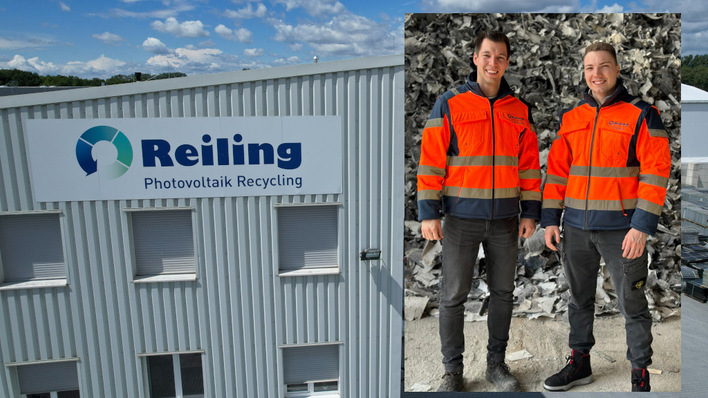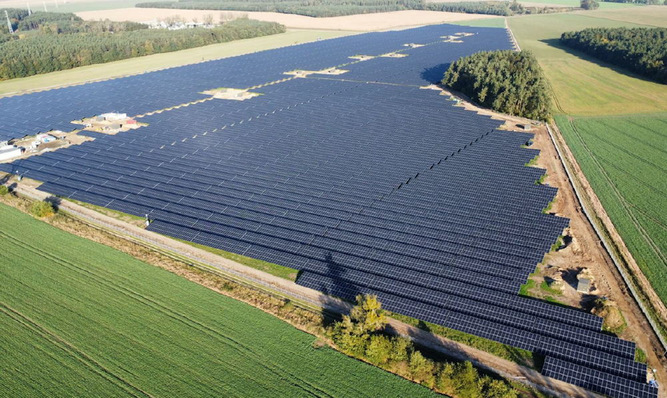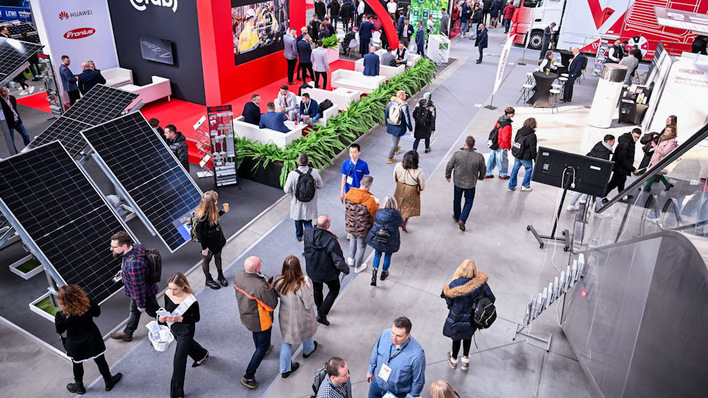Since shading tends to be less of an issue that way, solar generators are generally mounted on roofs. Such rooftop installations are usually connected through string inverters, where a certain number of solar panels are combined to form a ring of panels (string) which is in turn connected to the DC input of the inverter.
DC up to 1,500 volts
The DC voltage of the panel string usually does not exceed 1,000 volts. For large-scale rooftop installations on industrial buildings, up to 1,500 volts are possible. Small string inverters (up to ten kilowatts AC output) are usually optimised for self-consumption of the solar electricity.
Including a storage battery
They can incorporate a storage battery. Larger string inverters have more than one MPP tracker and are configured strictly for feed-in installations. Few such units are pre-configured for storage batteries. Small string inverters can work without an internal transformer, whereas larger ones require so-called galvanic isolation, i.e. they have a built-in transformer to handle the connection to the grid. String inverters need to be installed by trained electricians, such as also do household electrics. These technicians are usually also qualified to install storage batteries and charge points for electric cars. (HS)
Look at this, too:
Solar advice: Get inverters smart with many functions!
Stay informed, get our newsletter twice a week: Register here.
Solar inverters: keep up with the latest product news.
Find useful products for solar generation here.
Find useful products for solar energy storage here.
Find useful products for e-mobility here.







